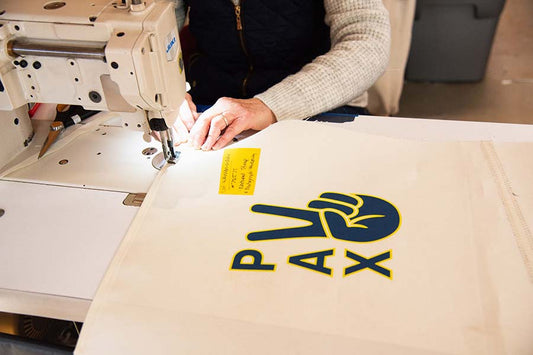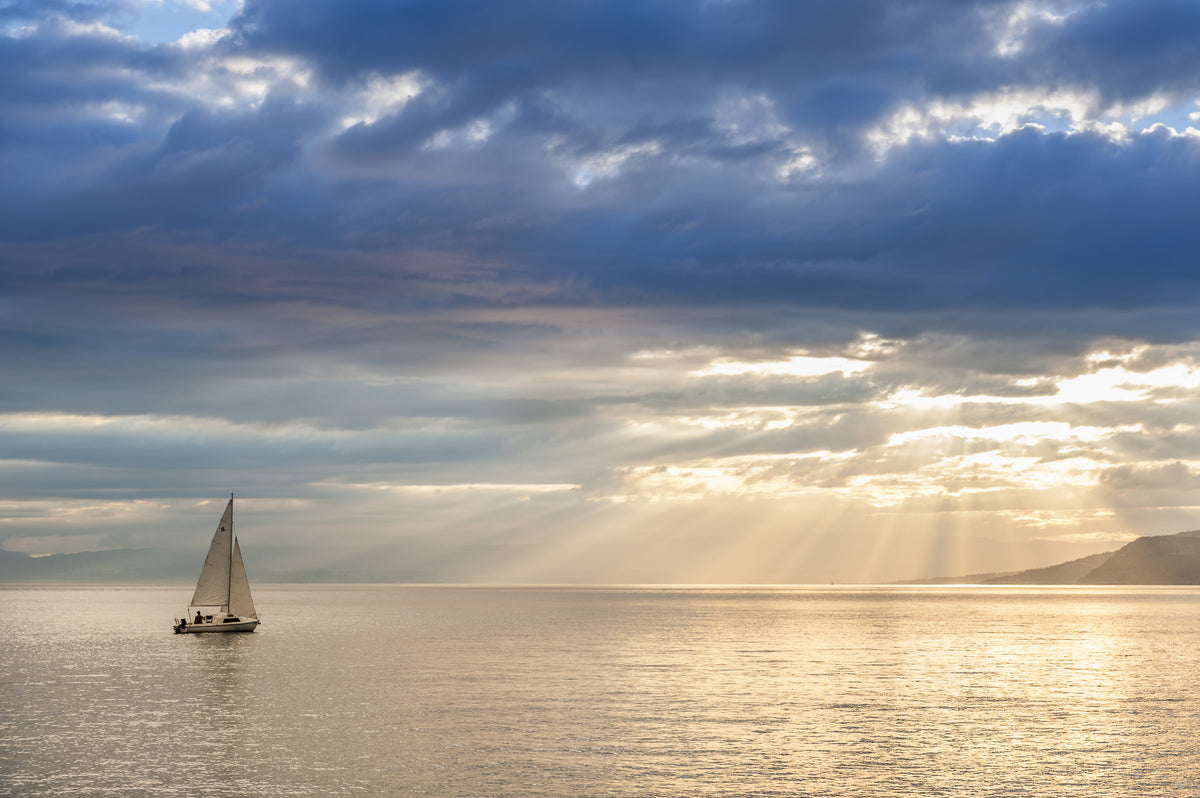
Telltales Blog
Telltales Blog
Adventures and Tales from our Crew, Customers and Community
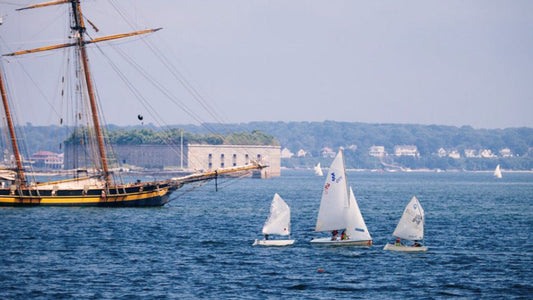
420: The International Dinghy
Responsible for youths across the globe learning to sail, the 420 International Class Sail Boat is the source behind this week's featured sail insignia.
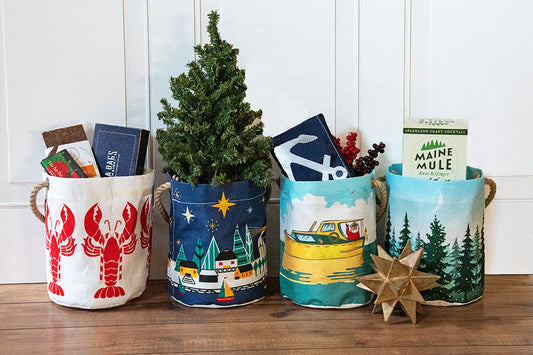
A Gift For Anyone on Your List: 4 Reasons to Gi...
Winter has arrived and the holiday season is upon us. To help make your gifting decisions easier we have put together a list of reasons our sail cloth bucket bags...
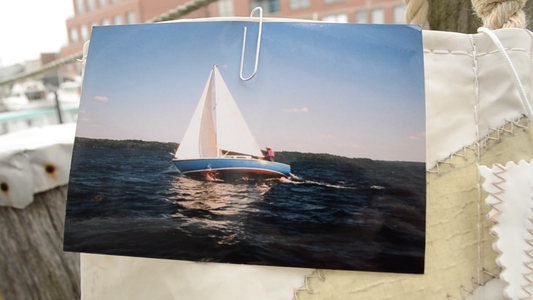
Ben Ford Santana 22 Sail
Each Vintage Insignia Tote has its own story and history. Every little scratch means something, every little smudge, every little rust mark signifies something special. Learn about one of these...
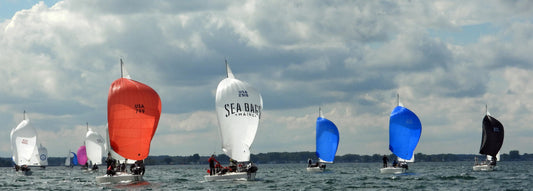
Sea Bags Sailing Team
The concept for the Sea Bags Sailing Team was simple: create a team of sailors who represent various one-design classes to promote the process of recycling sails to better the...
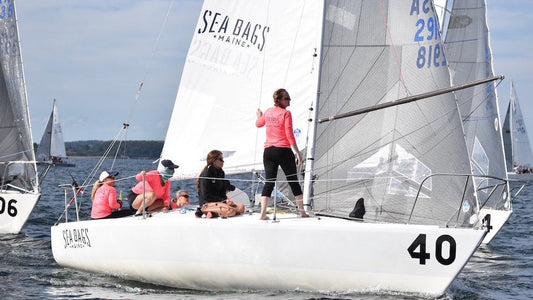
Sea Bags Sailing Team Takes on Annapolis
Every year about this time, most sailors in Maine and New England have given in to the colder temperatures and cranky winds and hauled their boats. No so for a...
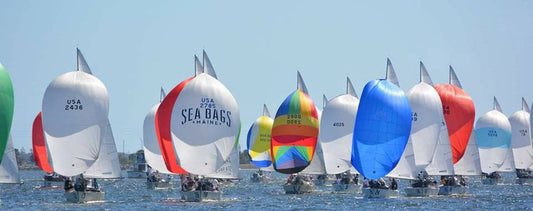
Sea Bags Women's Sailing Team is Leaving For J/...
The Sea Bags Women's Sailing Team hosted a meet-and-greet Wednesday afternoon before heading to Canada for the World Championship.
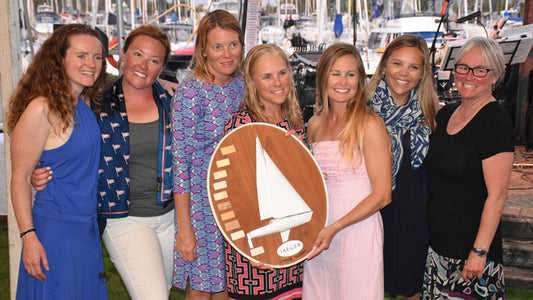
Sea Bags Women's Sailing Team Wins Jaeger Women...
The Sea Bags Women's Sailing Team has won first place for all-female finishers in the 2017 J/24 World Championship, winning the Jaeger Women's Trophy.
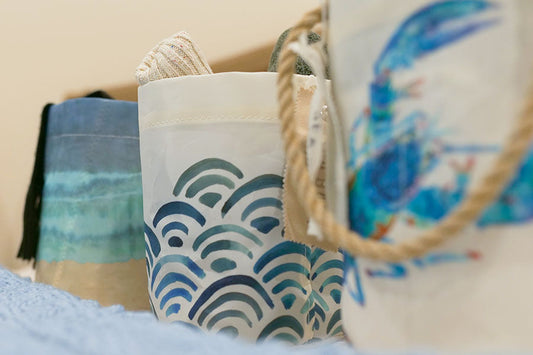
8 Tips to Organize Your Home
There is never a wrong time to reset and get organized. We've come up with some sustainable ways to help you get tidy around the house. Plastic bins tend to...

America Recycles Day
Each year on November 15, people across the country take part in America Recycles Day. This nationally recognized Keep America Beautiful program continues to raise public awareness about recycling and...
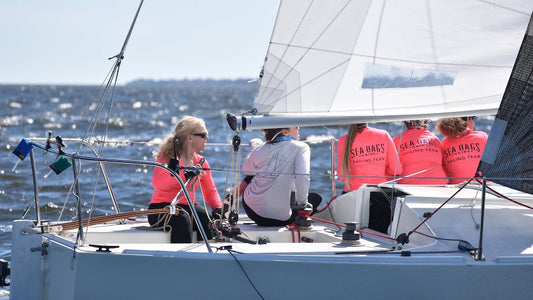
Back In Action: J/24 Midwinter Recap
The Sea Bags Women's Sailing Team got something they really wanted the first weekend of March. It was an extremely important reminder of how ready they are for season of...
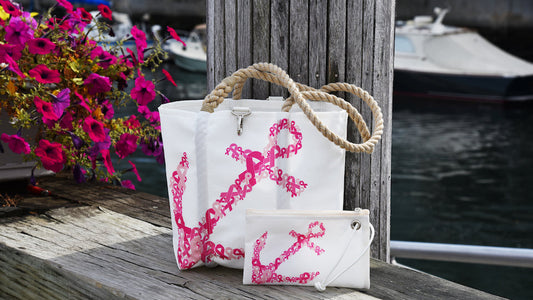
Anchors for a Cure
Continuing our long history of supporting Maine Cancer Foundation, we are proud to launch our thirteenth annual, limited-edition Nautical for a Cure Collection in recognition of Breast Cancer Awareness Month.
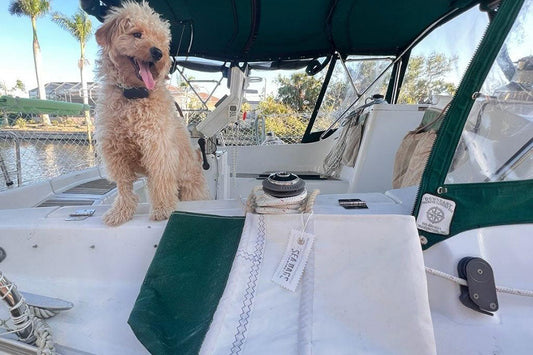
Sail Trade Story Heidi Gadbois
When we hand-cut our retired sailcloth, we sometimes speculate where the sail may have taken its previous owner: perhaps across the bay on a perfect sunny day; island hopping along...

Featured Sail Trade Christie Finley
Whether it's a high-performance racing sail whose competition days have passed or a sail from the boat you learned how to sail on, our sail trade program gives a new...
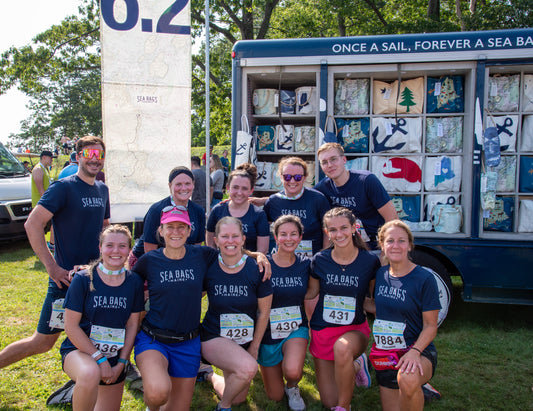
Running Toward a More Sustainable Future With t...
At Sea Bags, our mission has always been rooted in sustainability, craftsmanship, and community. That's why we're proud to once again serve as the Sustainability Sponsor for the TD Beach to...
